Benefits of Regular Roof Inspections
Owning a home comes with a set of responsibilities, and one of the most important tasks is ensuring the integrity of your roof. Your roof is your...
When it comes to protecting your home from the elements, a strong and resilient roof is essential. One innovative roofing system that has gained significant recognition is the FORTIFIED Roof™. Developed by the Insurance Institute for Business & Home Safety (IBHS), the FORTIFIED Roof™ is designed to withstand severe weather conditions and provide enhanced protection for homes.
Though we don’t primarily operate in a market that gets severe weather regularly, we have installed a few of these roofing systems when we dip out into the coastal regions of North Carolina. So in order to help our homeowners learn about the process, requirements, and benefits of this kind of roof installation, we wanted to write this blog!
In this blog, we will be going over:
Alright, let’s get into it!
A FORTIFIED Roof™ is a roofing system that adheres to specific standards and practices developed by the IBHS. It is designed to mitigate damage caused by severe weather events, including high winds, heavy rain, and hail. The FORTIFIED Roof™ system focuses on strengthening the roof structure and components, making it more resistant to damage and better equipped to protect your home.
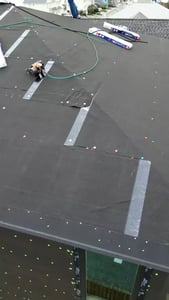
To meet the requirements of a FORTIFIED Roof™, specific materials and construction techniques are employed. These materials vary based on the level of protection desired, which includes FORTIFIED Roof™, FORTIFIED Silver™, and FORTIFIED Gold™. We’ll talk about these in the next section.
Common materials used in a FORTIFIED Roof™ include impact-resistant shingles or metal roofing, reinforced roof decking, and specialized roofing underlayment. Additionally, strong adhesives, enhanced fasteners, and appropriate flashing are utilized to ensure the components of the roof are securely attached and can withstand high winds.
There are three tiers in the FORTIFIED program: FORTIFIED Roof, FORTIFIED Silver, and FORTIFIED Gold, each providing increasing levels of resilience.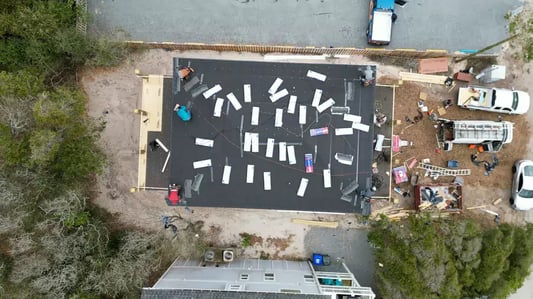
The FORTIFIED Roof level focuses on reinforcing the roof structure to resist wind uplift and reducing the risk of roof cover damage. It involves strengthening roof connections, using impact-resistant shingles or metal roofing, and enhancing the attachment of the roof to the underlying structure.
The FORTIFIED Silver level expands upon the FORTIFIED Roof requirements by incorporating additional measures to protect vulnerable roof components, such as roof edges, gables, and ridges. It includes the installation of specialized roofing materials and techniques to further enhance the roof's resistance to severe weather events.
The FORTIFIED Gold level represents the highest level of protection and includes all the requirements of the FORTIFIED Roof and FORTIFIED Silver levels. Additionally, it includes measures to strengthen the overall structure of the home, such as reinforcing doors, windows, and garage doors, as well as improving the integrity of the home's envelope.
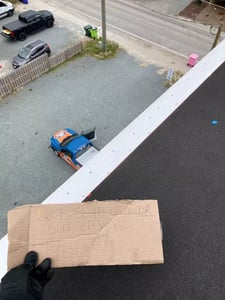
To obtain a FORTIFIED Roof™, it is recommended to work with a licensed roofing contractor who is knowledgeable about the FORTIFIED Roof™ system. The process typically involves the following steps:
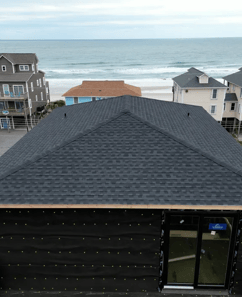 FORTIFIED Roofs™ have gained popularity in regions prone to severe weather events. Coastal areas susceptible to hurricanes, tornado-prone regions, and areas experiencing heavy snowfall are particularly interested in the added protection and resilience offered by the FORTIFIED Roof™ system.
FORTIFIED Roofs™ have gained popularity in regions prone to severe weather events. Coastal areas susceptible to hurricanes, tornado-prone regions, and areas experiencing heavy snowfall are particularly interested in the added protection and resilience offered by the FORTIFIED Roof™ system.
Additionally, insurance companies are recognizing the benefits of FORTIFIED Roofs™ and may offer policyholders incentives, such as discounts or reduced premiums, for having a certified FORTIFIED Roof™ installed.
Investing in a FORTIFIED Roof™ offers several notable benefits: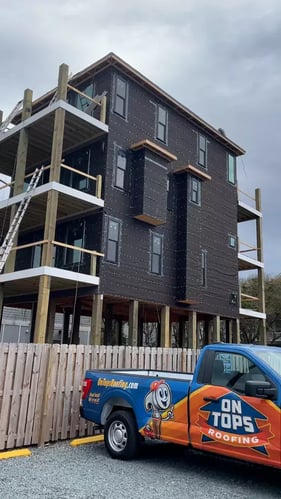
A FORTIFIED Roof™ offers homeowners an opportunity to fortify their homes against severe weather conditions. By adhering to specific standards and utilizing resilient materials, a FORTIFIED Roof™ provides enhanced protection, improved safety, and potential cost savings. Whether you live in an area prone to hurricanes, tornadoes, or heavy snowfall, considering a FORTIFIED Roof™ can provide you with peace of mind knowing that your home is well-equipped to withstand nature's elements.
Like we mentioned at the top of this article, we’ve installed a couple of these kinds of roofs ourselves. Though we don’t get many here in our primary service area of Raleigh, North Carolina, we’ve gone down to the coast a few times in places like Surf City, and in Wilmington, where these roofs are much more popular.
Wherever you are, if you're interested in upgrading your roofing system to a FORTIFIED Roof™, you should with a professional, local roofing contractor who is experienced in FORTIFIED Roofing. They can guide you through the process, recommend suitable materials, and ensure that your new roof meets the necessary standards for certification.
On Tops Roofing has been installing all kinds of roofs, including FORTIFIED Roof™ systems, in North Carolina since 1991. Whatever your roofing project requires, We’re on it!
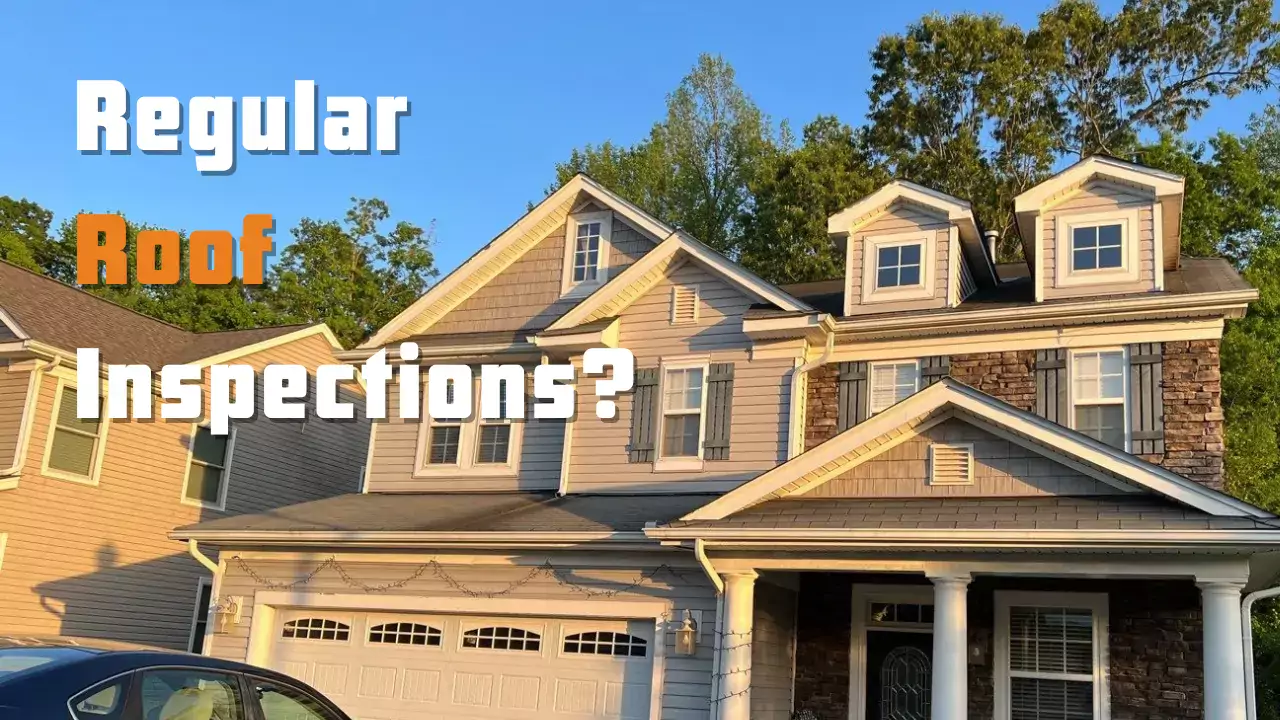
Owning a home comes with a set of responsibilities, and one of the most important tasks is ensuring the integrity of your roof. Your roof is your...
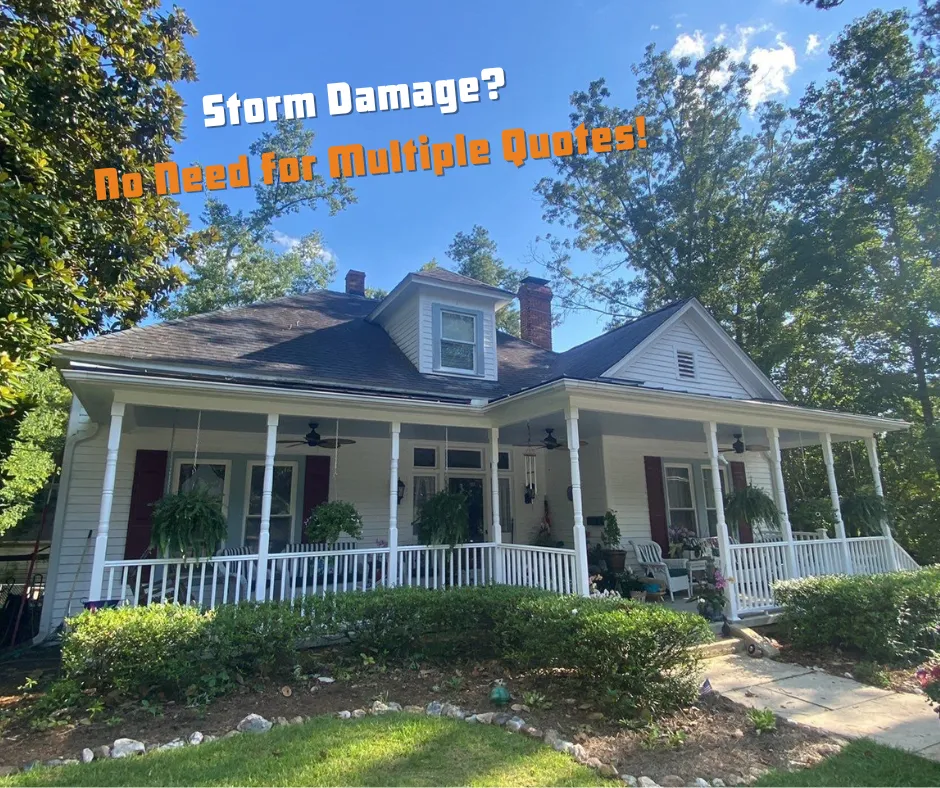
Storm season can be extremely tough on your roof. Strong wind, large hail, and heavy rainfall are all contributing factors that may force you to call...
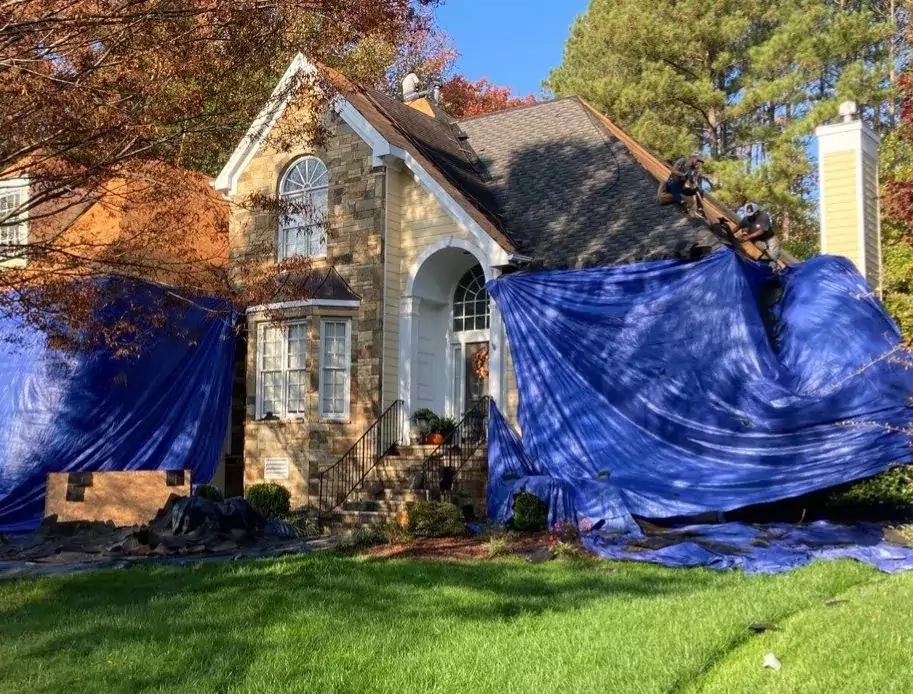
When your area gets severe weather, a LOT can go wrong. Powerlines can be knocked out, roads can be littered with debris, neighborhoods can be...